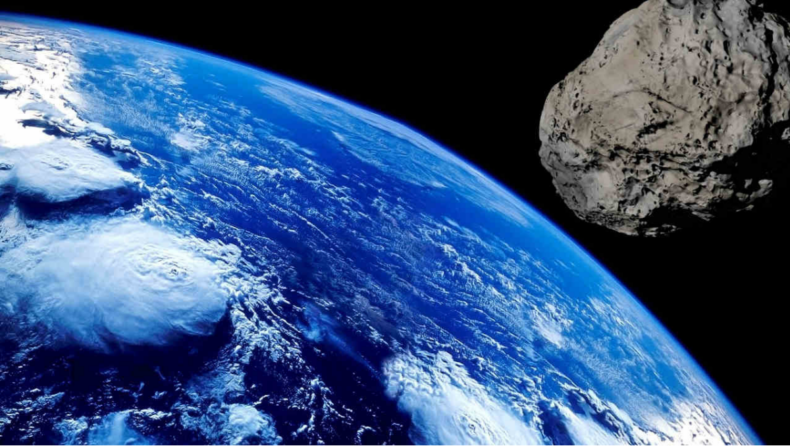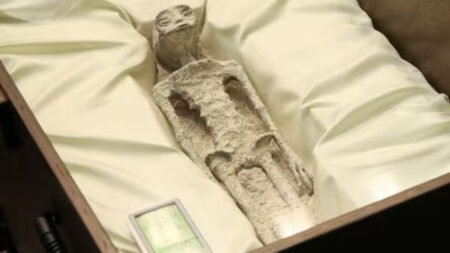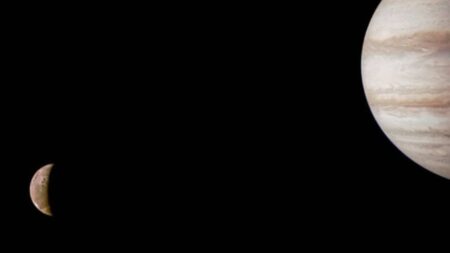The Asteroid Terrestrial Impact Last Alert System is the system that tracks asteroids and debris that could collide with the Earth, and The University of Hawaii operates it.
ATLAS now includes four telescopes, which give a full view of the sky, while earlier, it had only two telescopes. The new telescopes can provide a single exposure to a chunk of the night sky 100 times longer than the full moon.
Asteroids are rocky and metallic objects which can range from the size of a pebble to a vast planet. The extensive upgrade of telescopes gives astrologers an upper hand to detect the immense threats before coming anywhere near Earth.
This development makes ATLAS capable of searching the entire sky every 24 hours, making it highly valuable for NASA. It can now track and monitor NEOs( near-Earth objects) more easily.

Source: istockphoto.com
Many NEOs are not hazardous, but many asteroids still pose substantial threats. The expansion of tracking and monitoring asteroids has led to several huge ones. Namely, a ball-sized meteor was discovered in March 2021 above Vermont.
NASA keeps on upgrading its efforts to track these humungous objects, and recently, in December 2021, SENTRY- II, an upgraded space trajectory calculator, was also implemented.
It also launched a mission called the Double Asteroid Redirection Test( DART), which measures the effectiveness of a controlled collision at the deflection of space rocks. This could also be the basis of future asteroid defense systems.
NASA has also continuously denied spotting any asteroids that might prove a threat to Eart, but scientists are keeping a vigilant eye. “We have not yet found any significant asteroid impact threat to Earth, but we continue to search for that sizable population we know is still to be found.
Our goal is to find any possible impact years to decades in advance, so it can be deflected with a capability using technology we already have, like DART,” said Lindley Johnson, who is a defense officer at NASA Headquarters.
“DART, NEO Surveyor, and ATLAS are all important components of NASA’s work to prepare Earth should we ever be faced with an asteroid impact threat.” NASA has also specified what it would do to prevent an asteroid from colliding with the Earth, and it would use several techniques.
One of which is called the gravity tractor. This technique involves a spacecraft meeting with an asteroid and maintaining its position to use the mutual gravitational attraction between the satellite and the asteroid to slowly and steadily alter its course.
Another technique that the space organization plans to use is the kinetic impactor which is simply the most technologically mature method available to defend from asteroids. In this method, a satellite collides itself from an asteroid and is also called DART( Double Asteroid Redirection Test).
The last method for protecting unwanted collision is the Nuclear Explosive Device Method. It is considered to be the most effective when the warning time is short and there is a huge asteroid.
Another method which provides most controllability and predictability is called A Standoff Detonation which is for using a nuclear device to deflect an asteroid.
NASA has been deflecting and monitoring any asteroids that could be a potential threat to Earth by using all these methods and techniques.
According to Asteroid Watch Dashboard five huge asteroids are approaching the Earth, three of them being the size of the bus and two being the size of airplane and house respectively.
Edited By: Mahi Gupta
Published By: K. Bindhiya Prarthana













